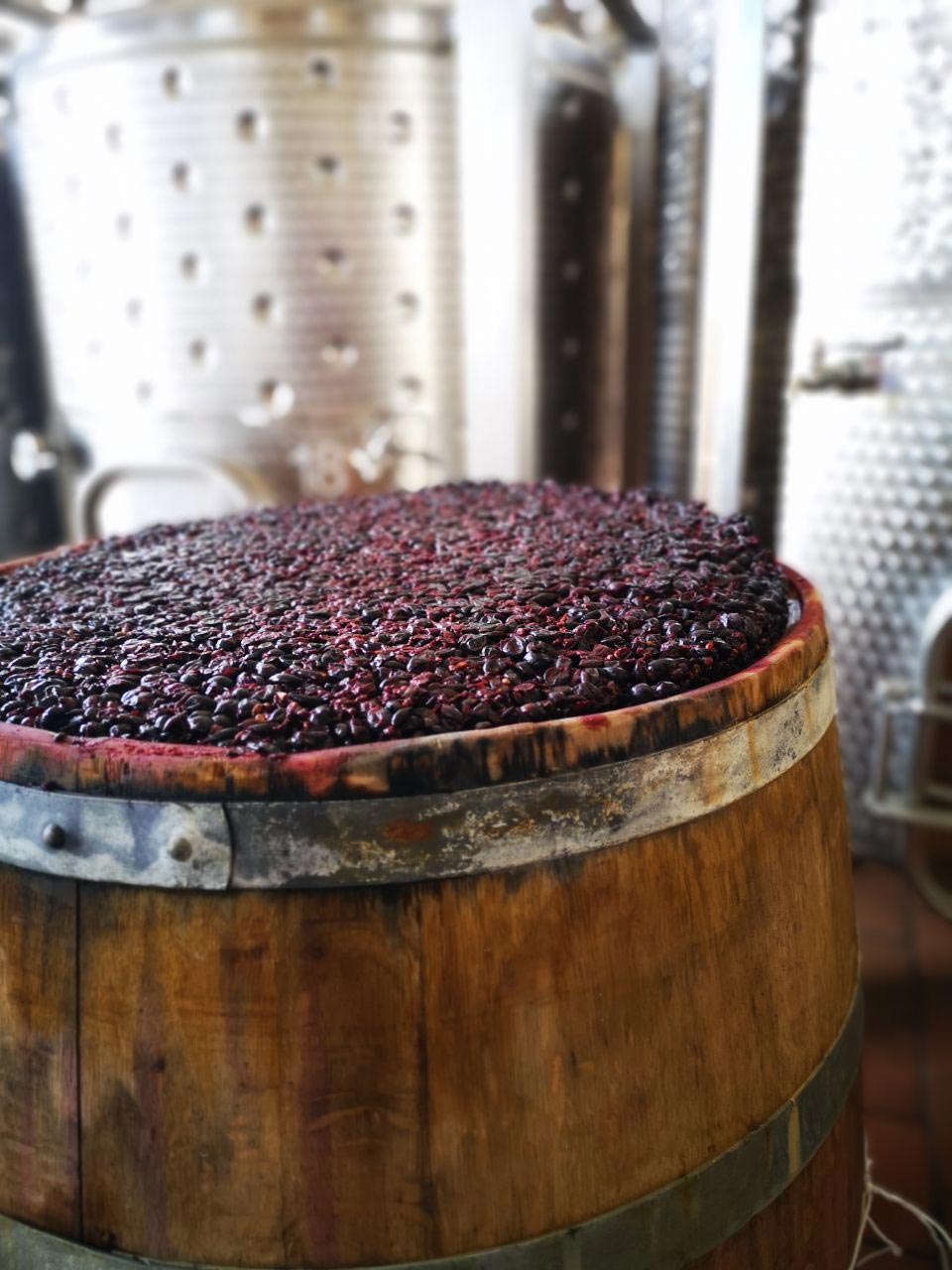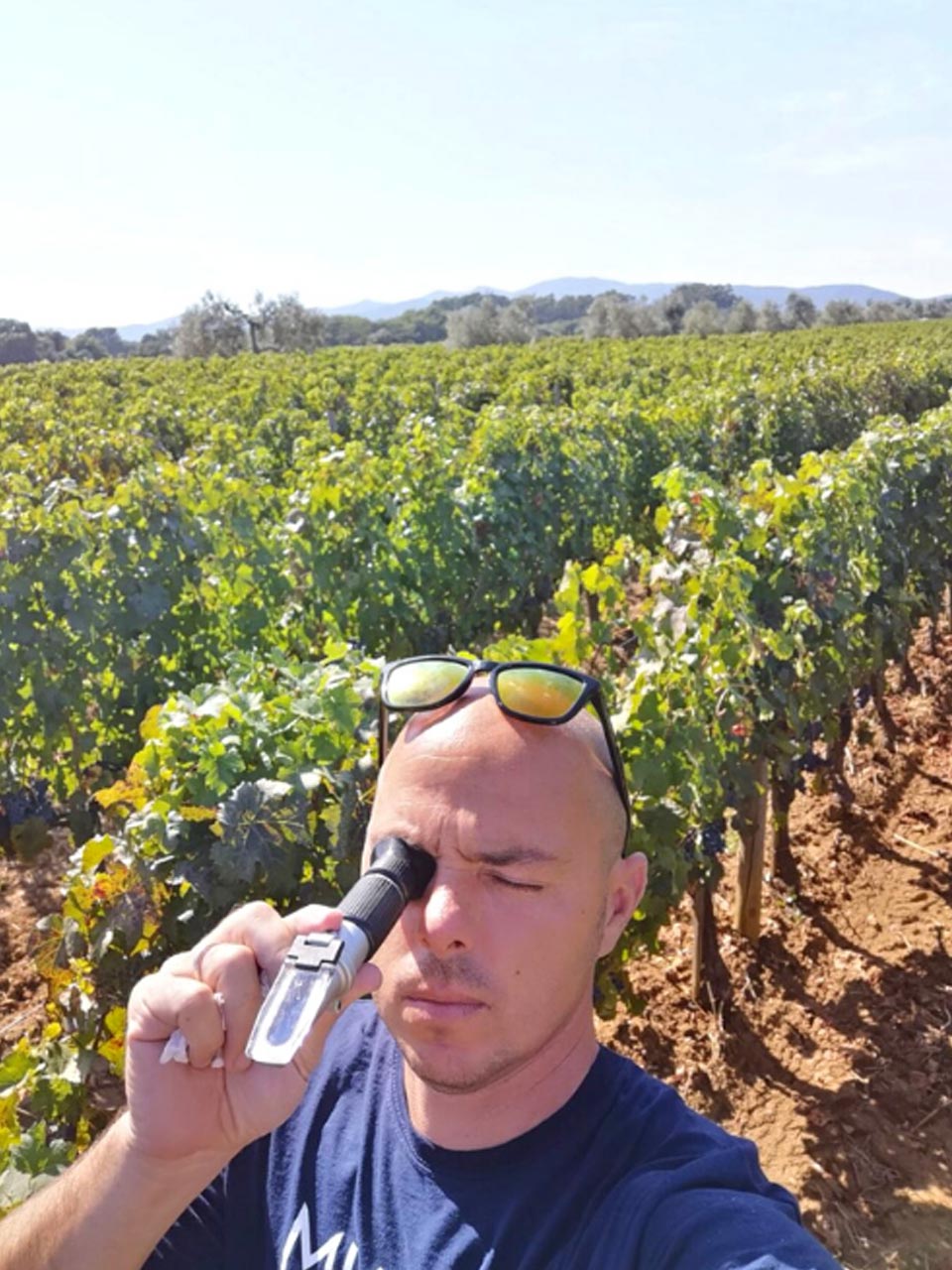Vendemmia 2019: ottimi risultati per Podere Sapaio e per tutta la Toscana.
A qualche settimane dalla fine della vendemmia, è arrivato il momento di fare un piccolo resoconto e tirare le somme di quest’annata insieme ad Alessandro Nannelli, enologo di Podere Sapaio. Tra impressioni e previsioni, il 2019 sarà un anno da ricordare.
Il 2019 si è rivelato un anno propizio per la viticoltura Toscana. Per Podere Sapaio?
Le frequenti piogge primaverili, distribuite anche durante l’estate, hanno contribuito notevolmente ad una regolare maturazione dell’uva e alla sua qualità. I tempi sono rientrati pienamente nelle medie storiche di 15 anni fa, ovvero fra metà settembre e metà ottobre.
A Podere Sapaio è iniziata esattamente il 5 settembre e si è conclusa l’8 ottobre. Il merlot è stato il primo ad essere vendemmiato, poi è stata la volta del cabernet franc e del cabernet sauvignon delle vigne di Bolgheri e successivamente degli stessi vitigni di Bibbona. Infine il petit verdot.
Ecco alcuni numeri.
Sono stati raccolti circa 1700 quintali d’uva, circa 65 per ettaro, e basta confrontare i grappoli del 2019 con quelli degli ultimi due anni, per notare che a parità di numero di grappoli per pianta, il peso di quest’anno è maggiore. Le piogge del periodo estivo hanno infatti permesso alle vigna di continuare a vegetare in maniera florida, il che ha dato in parallelo grappoli ricchi di mosto con perfetta acidità, oltre alla consueta eccellente qualità fenolica. Questa ottima trama tannica, con un acidità più elevata rispetto al consueto, conferirà maggior eleganza e brillantezza al vino, che risulterà inoltre più longevo. Risultato: tanta uva e di ottima qualità!
L’unica difficoltà riscontrata, dovuta al meteo e al maggior tasso di umidità, è stata quella degli attacchi fungini nella fase primaverile e degli attacchi dei lepidotteri nella fase estiva, che sono stati tenuti comunque sotto controllo con i consueti trattamenti biologici.
Qualche novità da segnalare?
Sì! Anche se siamo ancora in fase di sperimentazione e non sappiamo se il risultato verrà commercializzato, quest’anno, per la prima volta, abbiamo deciso di vinificare il riesling. Una piccola quantità d’uva, per circa 400 bottiglie, che verrà vinificata con il metodo tradizionale “in bianco” ovvero con la fermentazione del solo mosto, senza macerazione delle parti solide del grappolo e anche “in anfora” con le sue stesse bucce.
Da queste premesse, non ci resta che attendere il risultato, che a nostro parere sarà eccellente.



